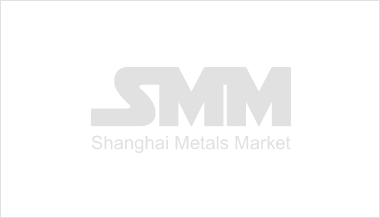- Futures
- Base Metals
- New Energy
- Ferrous Metals
- Rare Earth
- Scrap Metals
- Minor Metals

US Steps Up Efforts to Secure Zinc and Critical Minerals Supply Chains
Korea Zinc recently disclosed plans to develop a large-scale integrated non-ferrous smelter in the US, following a conditional commitment involving the US Department of Defense and the Department of Commerce. Recent developments suggest the US is stepping up efforts to strengthen supply chain security across zinc, critical minerals and copper, using a mix of domestic investment, cooperation with allies and trade policy tools.
Stainless Steel Daily Review: SS Futures Trend Lower, Spot Market Trading Sluggish
SiMn futures hold up well, upside room limited [SMM SiMn Futures Review]
December 15 news: The SM2603 contract opened at 5,770 yuan/mt and closed at 5,758 yuan/mt, up 0.81%, with the highest price at 5,806 yuan/mt and the lowest at 5,748 yuan/mt. Trading volume was 225,200 lots, and open interest stood at 273,655 lots. Today, futures held up well, showing a rebound compared to previous sessions. Cost side, core manganese ore prices remained high; although some individual manganese ores saw price declines, overall cost support remained firm. Supply side, alloy plants in both the north and south maintained stable operations. Spot silicon manganese prices in production areas were below the cost prices of most enterprises, putting significant pressure on manufacturers' losses. Demand side, HBIS Group set its December silicon manganese price at 5,770 yuan/mt, up 70 yuan from the first round inquiry price of 5,700 yuan/mt, but down significantly from the November price of 5,820 yuan/mt. This price is below the cost prices of most enterprises, and market sentiment for silicon manganese remains negative.
MMi Daily Iron Ore Report (December 15)
Today, the DCE iron ore contract fluctuated at weak bias as the main contract I2605 finally closed at 753, down 0.92% from the previous working day.
